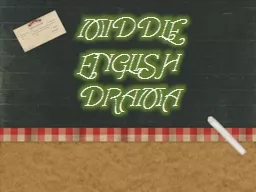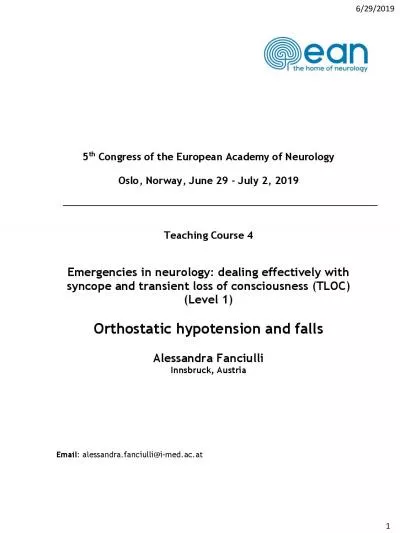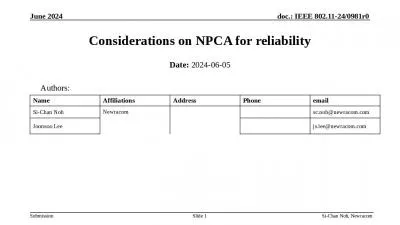PPT-Noh Drama JaQela Macon And
Author : moistbiker | Published Date : 2020-08-27
Mekia Wiggins History The roots of Noh drama go back 1300 years when the performing art called sangakuwas brought over from China Begun by Kannami who was a
Presentation Embed Code
Download Presentation
Download Presentation The PPT/PDF document "Noh Drama JaQela Macon And" is the property of its rightful owner. Permission is granted to download and print the materials on this website for personal, non-commercial use only, and to display it on your personal computer provided you do not modify the materials and that you retain all copyright notices contained in the materials. By downloading content from our website, you accept the terms of this agreement.
Noh Drama JaQela Macon And: Transcript
Download Rules Of Document
"Noh Drama JaQela Macon And"The content belongs to its owner. You may download and print it for personal use, without modification, and keep all copyright notices. By downloading, you agree to these terms.
Related Documents














